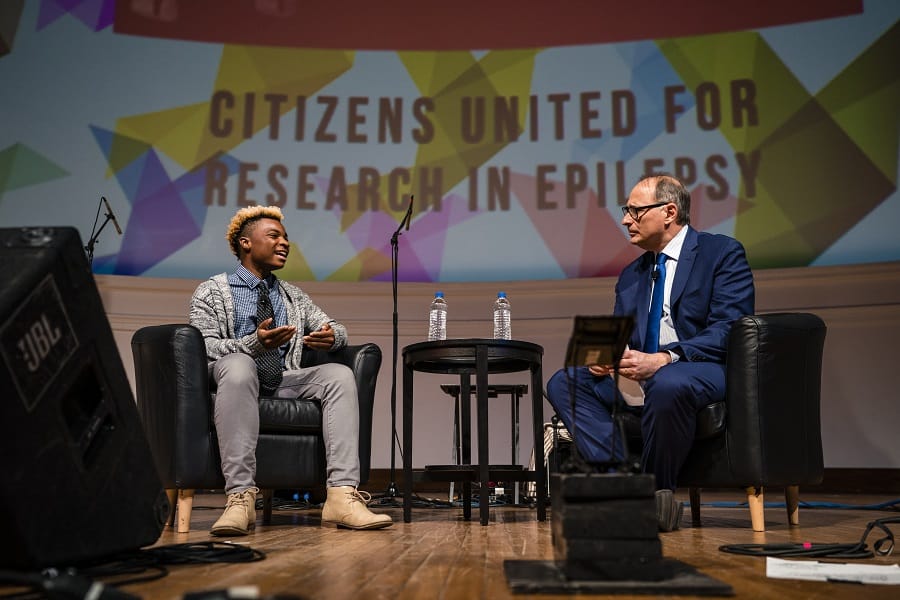Michael is a teenage baker, business owner, social entrepreneur and food justice advocate. Michael has been baking since he was nine years old but has been interested in the challenges of inequality since he learned about the historic March on Washington at age six.
When he was in fifth grade, Michael was diagnosed with epilepsy. His diagnosis and seizures changed his life in some ways, but it didn’t change his drive to give back and change the world.
Michael comes from a home of educators and advocates and began to ask questions early on about the challenges of inequity. Inspired by a pair of TOMS shoes he received as a present, Michael decided that he would begin a baking business with a 1-for-1 model. From the beginning of Michaels Desserts, he has donated a dessert to someone in need for every one dessert that he sells. With this model Michael has served hundreds of people.
Back to Personal Stories





